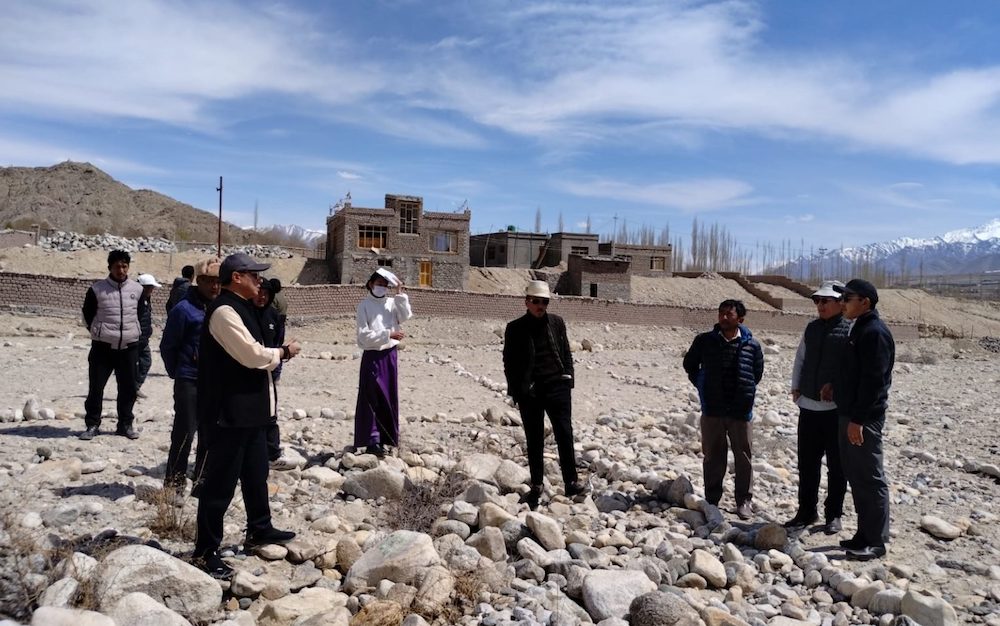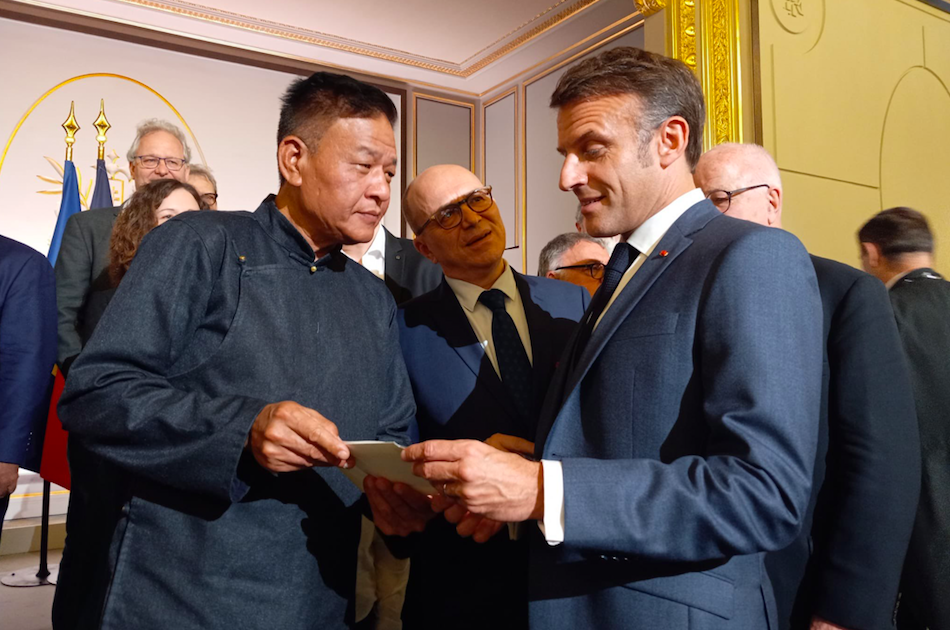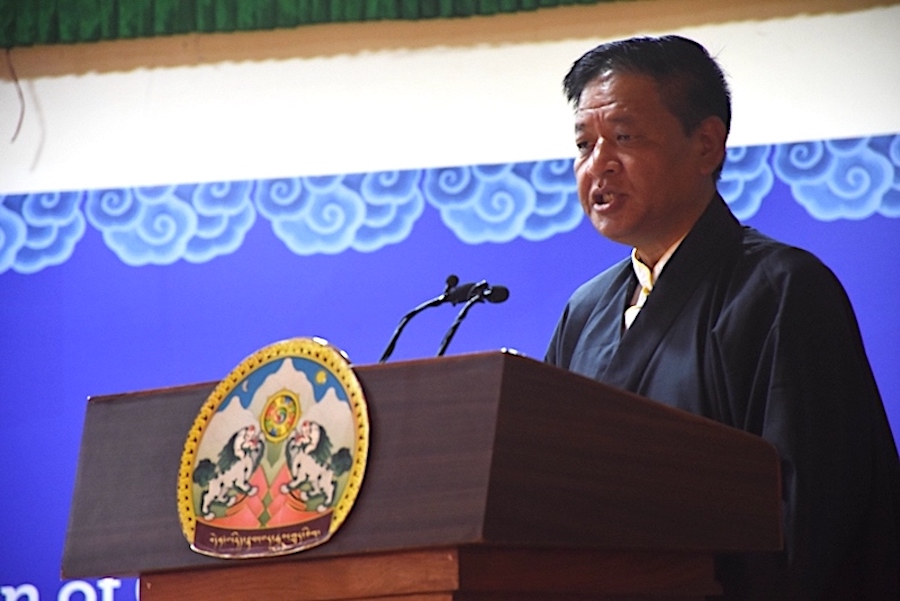Often when old rivals seek to heal rifts, the venture is bittersweet. Giving up grudges requires giving up old ground and old assumptions. Forging new friendships entails accepting the world as it is, not as some have longed for it to be.
Such is the case in the quest for closer links between India and China, launched in a high-level summit late last month. Foes almost since India’s founding more than a half-century ago, the two nations now seem poised to dispatch old disputes and strike new trade deals.
Both countries have reasons to act. Wary of losing out as India-U.S. relations warm, China is keen to end old scraps and heighten economic exchange with its estranged neighbor. For its part, India stands to benefit greatly by hooking its fiscal wagon to China’s red-hot economic engine and by giving China reason to think twice before aiding India’s foe, Pakistan.
The mutual clamor spurred last month’s meeting between Chinese Premier Wen Jiabao and Indian Prime Minister Atal Bihari Vajpayee. What emerged was an effective pact — one that could replace decades of ire with a single view of Asian reality.
Of course any such shift involves sacrifice on both sides. China, for instance, seems ready to stop fretting about the saga of Sikkim — a Himalayan kingdom India claimed in 1974, and that most other nations now regard as Indian. Chinese acquiescence comes not in the form of official recognition, but in the guise of a newly opened trade route through Sikkim — a sign of willingness to let the geopolitical squabble fade.
Likewise, India has taken a leap in acknowledging that the disputed territory of Tibet is in fact part of China. The gesture is delicate for India, which has been home to the Dalai Lama, spiritual leader of Tibet, since he fled Chinese rule in 1959. Some 100,000 of his Tibetan followers, as well as Tibet’s “government in exile” dwell in India — making India’s stance on Tibet a most sensitive issue.
Thus India’s apparent willingness to “give up” on the notion of a free Tibet could be a matter of considerable grief for Tibetans — who have turned their yearning into a worldwide movement. But India seems to have worked carefully with Tibetan leaders to lay the groundwork for closer ties with China. Its gesture involves use of China’s preferred name for the territory — the “Tibet Autonomous Region” — the most subtle of signals. The move comes after a visit to Beijing by envoys of the Dalai Lama, who reportedly told Chinese moguls that their leader grants China’s claim on Tibet.
History is a tale of winners and losers and compromises, and the dawning of China’s and India’s new era of harmony is just such a story. That none of the actors yet stands ready to fully admit what has been lost, gained or traded is beside the point. A momentous change is underway in Asia, and it could lead to still more change — in Kashmir, in South Asian weapons labs and in other sites of enmity. A great silence has been broken, and common ground has been found.









